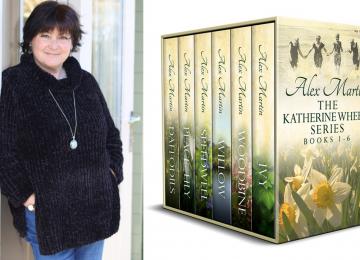LOC Workshop on Etexts
LOC Workshop on Etexts
US Library of Congress
The Workshop on Electronic Texts (1) drew together representatives of various projects and interest groups to compare ideas, beliefs, experiences, and, in particular, methods of placing and presenting historical textual materials in computerized form. Most attendees gained much in insight and outlook from the event. But the assembly did not form a new nation, or, to put it another way, the diversity of projects and interests was too great to draw the representatives into a cohesive, action-oriented body.(2)
Book Excerpt
ettledness in the comments of various speakers. For example, Jean BARONAS reviewed the status of several formal standards moving through committees of experts; and Clifford LYNCH encouraged the use of a new guideline for transmitting document images on Internet. Testimony from participants in the National Agricultural Library's (NAL) Text Digitization Program and LC's American Memory project highlighted some of the challenges to the actual creation or interchange of images, including difficulties in converting preservation microfilm to digital form. Donald WATERS reported on the progress of a master plan for a project at Yale University to convert books on microfilm to digital image sets, Project Open Book (POB).
The Workshop offered rather less of an imaging practicum than planned, but "how-to" hints emerge at various points, for example, throughout KENNEY's presentation and in the discussion of arcana such as thresholding and dithering offered by George THOMA and FLEISCHHAUER.
NOTES: (3) Altho
Editor's choice
(view all)Popular books in Non-fiction, Computers, Post-1930, Government Publication
Readers reviews
0.0
LoginSign up
Be the first to review this book
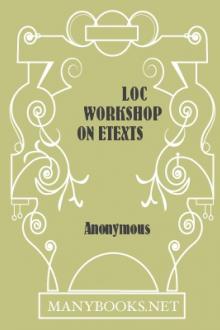
 Free Download
Free Download













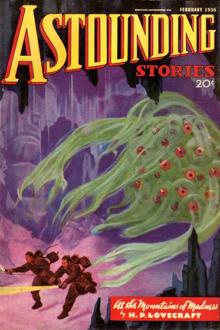
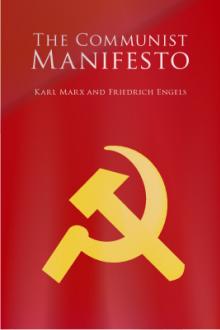
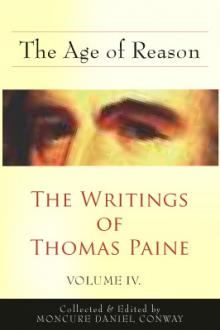
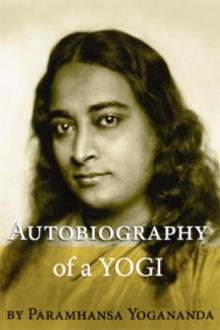
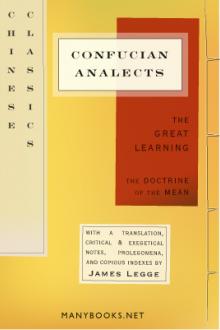
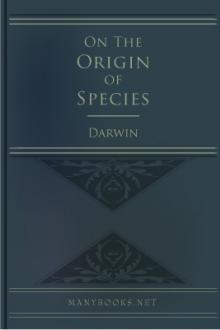

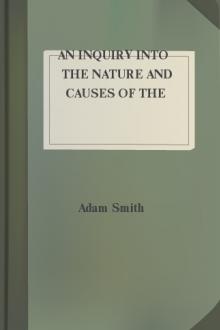
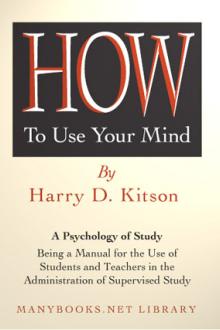
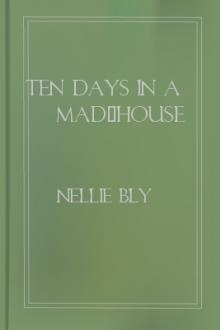

-itok=vcKIB5v1.jpg)
